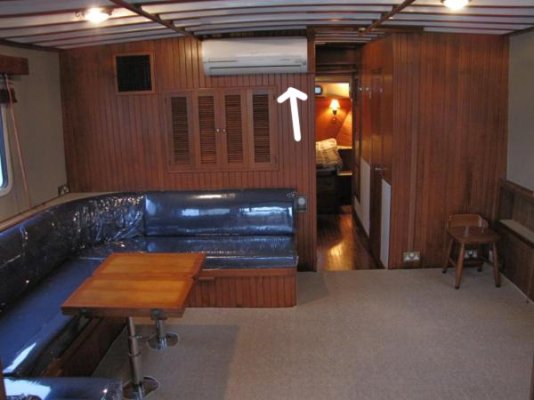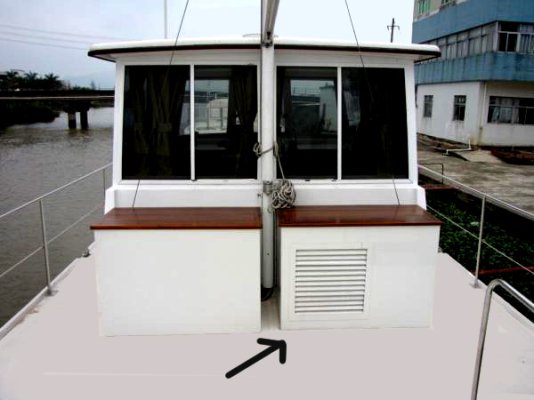I think Ron's point is that the water is almost always cooler than the air during warm weather, and warmer than the air during cool weather.
We have these mini-splits at the new house we moved to when we stopped living aboard full time the beginning of last year. They are the latest technology, brand new when we moved in. The house has a lot of glass and almost no insulation in the ceilings due to design... not dissimilar from a boat. The house is about twice as big inside as the boat, and our electricity bills (both based on metered usage) are far more than double what they were on the boat. Both in the same part of North Carolina, same weather. Throw into that block heaters on the two engines (1000w immersion thermostatted) and the genset (250watt pad), on virtually full time during November through March which certainly helped heat the boat a bit but most of the energy going into the blocks.
So I'd say the only compelling reason for the mini-splits is initial cost of ownership, and, any potential longevity issues aside, less maintenance (such as cleaning/flushing the system to eliminate marine growth, and cleaning the strainer regularly). In exchange for which you have these relatively big ugly fairly noisy things mounted outside your boat. I can see it on a houseboat or similar craft, but personally, no way on a most boats like ours or a typical trawler.


